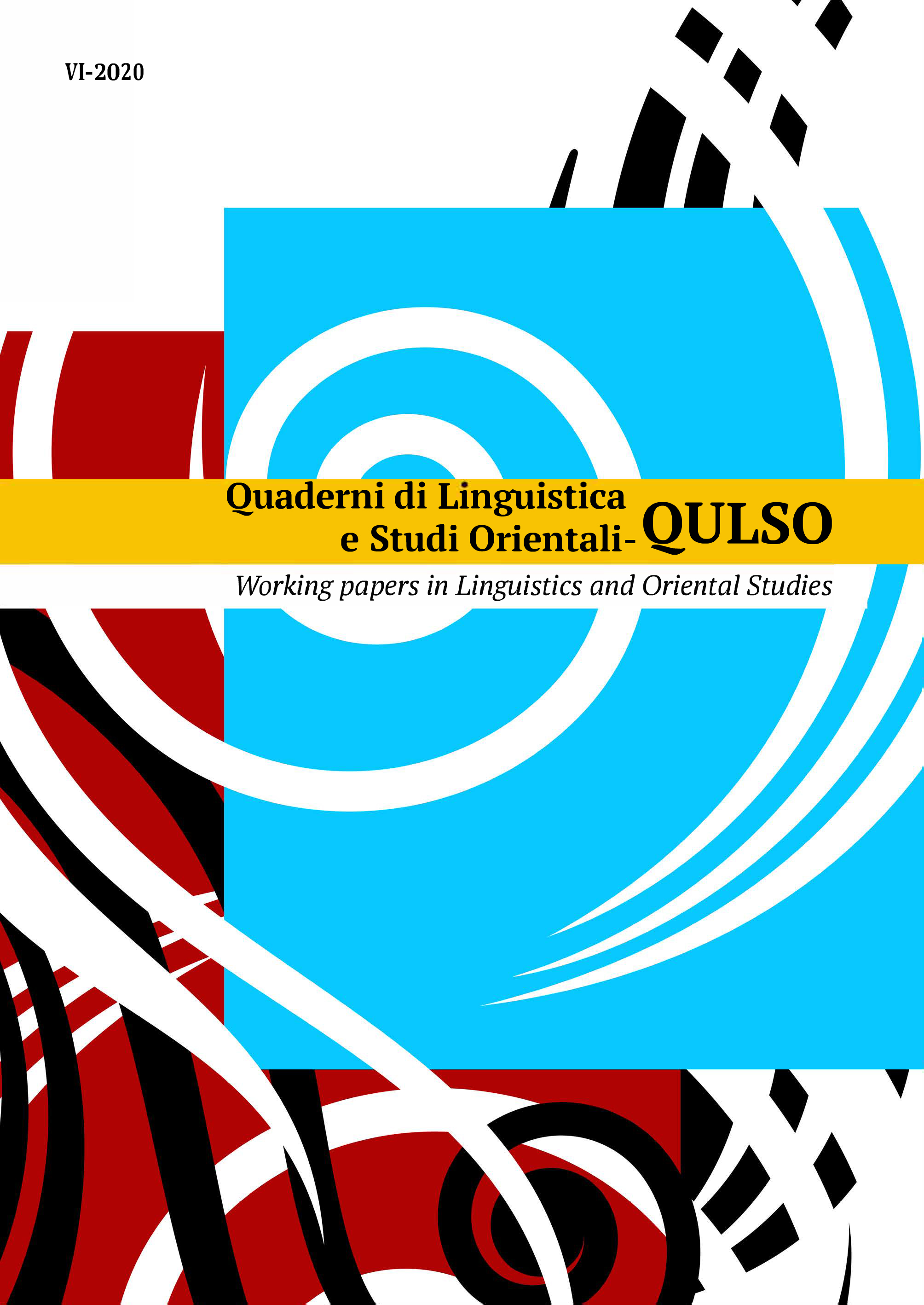Published 2020-09-10
Keywords
- Argumentative Procedures,
- Linguistic Devices in Discourse,
- Persuasive Discourse,
- Polital Communication,
- Symbols and Metaphors
How to Cite
Abstract
Persuasive discourse, typically in political communication, implies arousing adherence. Persuasion aims to bring out a shared semantic territory in the audience, a common, often hidden or unconscious, worldview. Naturally, persuasion is the privilege of a person someway associated with signs denoting “power, commitment, fairness, and social attractiveness”. Substantially, persuasion is a cognitive process triggered or implemented by messages capable to influencing the attitudes of persons and their representation of the world. Thus, language of persuasion involves linguistic and pragmatic tools effective in influencing the collective imaginary and the feelings and beliefs of the people. Argumentative and rhetorical devices, metaphors, the structure of the sentence, lexical selection, symbols and images contribute to achieving persuasive effects by evoking a common cognitive ground as the basic dimension of legitimization and identity. This theoretical framework is tested on the basis of the political communication of some leaders which played or currently play an important role in the past or current Italian politics, such as Mussolini, De Gasperi, Togliatti, Berlusconi, Salvini and others. Their rhetorical choices and the symbols they rely on will be analyzed with the purpose of investigating the concealed or implicated semantics of their messages.



